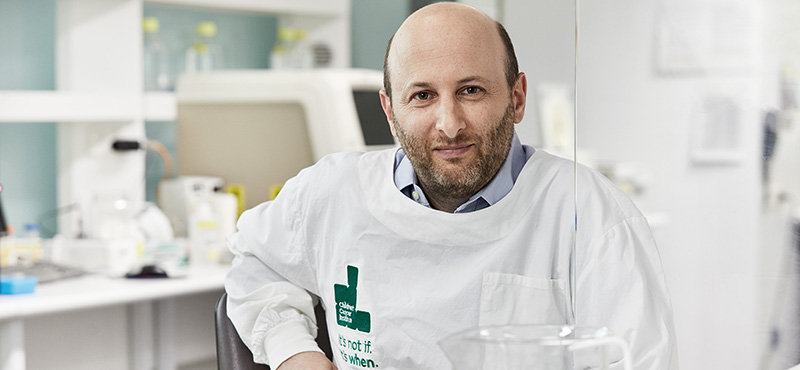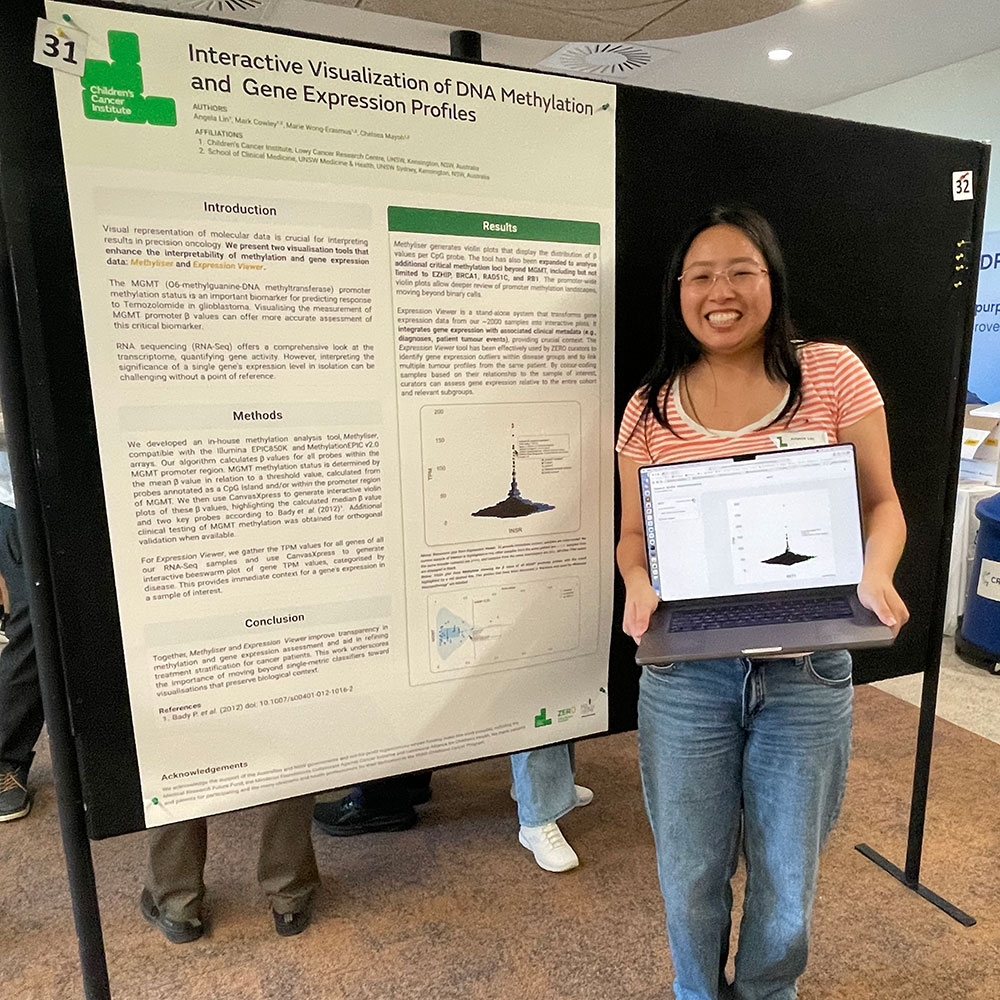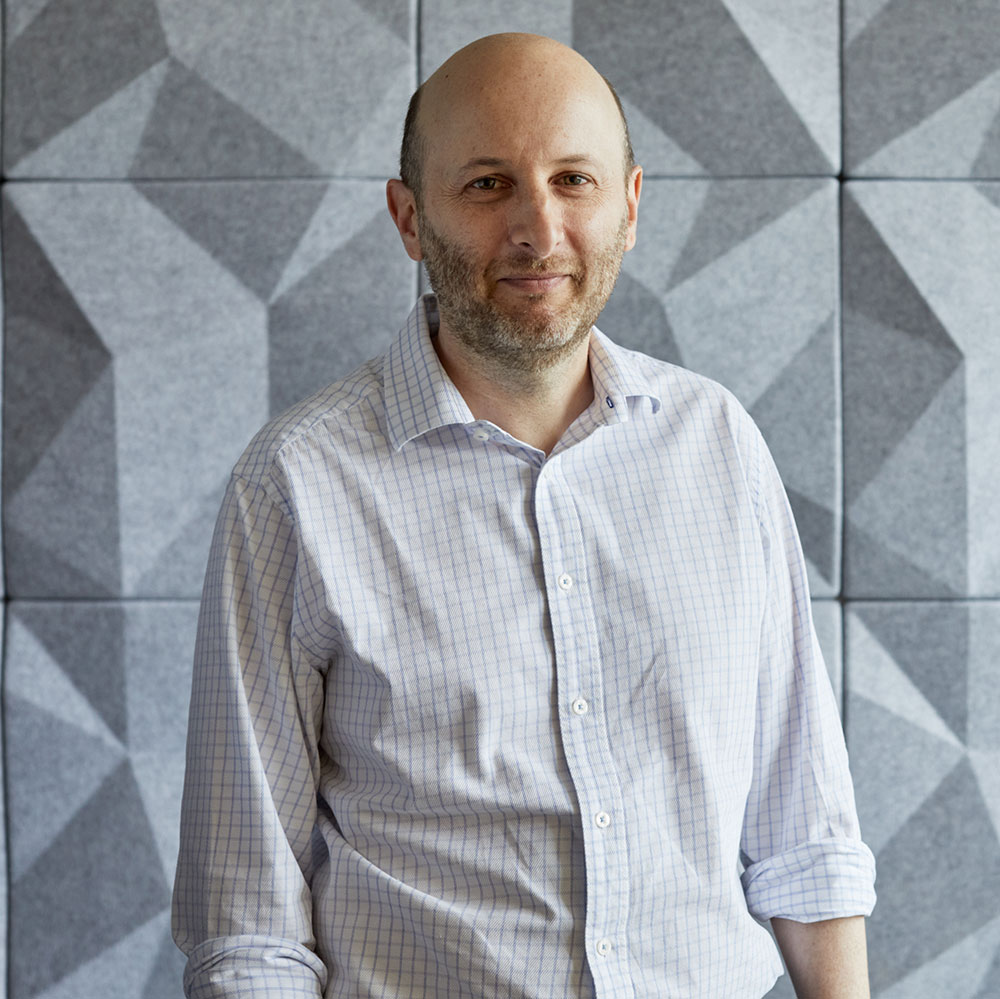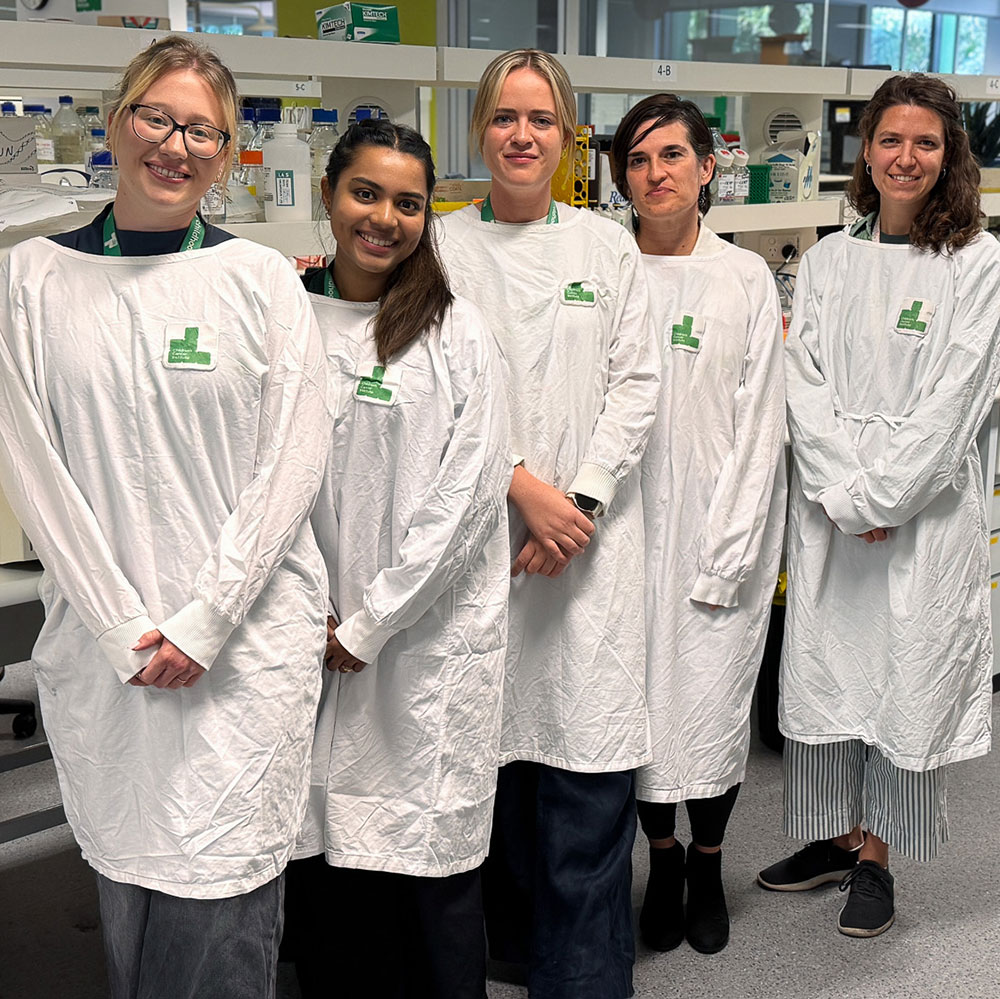
Thursday 26 September is the inaugural Childhood Brain Cancer Awareness Day. This year, we shine a light on Diffuse Intrinsic Pontine Glioma (DIPG), the most devastating of all childhood cancers.
Each year 20 kids are diagnosed with this incurable form of brain cancer. There are no effective treatments for DIPG and current therapeutic strategies are essentially palliative. The average survival rate from diagnosis is around nine to 12 months.
Medical research is the only way to help end this cruel disease. Our brain tumour team are leading the way in finding answers and finally giving hope to many families.
What is DIPG?
Diffuse Intrinsic Pontine Glioma (DIPG) is the most aggressive of all childhood cancers. Each year in Australia, on average, 20 children are diagnosed with DIPG, a brain cancer that usually occurs between the ages of 4-11 years.
Diffuse means that the tumour is not well-contained – it grows out into other tissue so that cancer cells mix with healthy cells. That’s why it is impossible to surgically remove DIPG tumours without damaging healthy tissue.
Pontine indicates that the tumour is found in a part of the brainstem called the pons. The pons is responsible for a number of important bodily functions, like breathing, sleeping, bladder control, and balance. Because these functions are vital to survival, the pressure from the growing tumour is very dangerous.
Glioma is a general term for tumours originating from glial cells. Glial cells are found throughout the brain. They make up the white matter of the brain that surrounds and supports the neurons (neurons are cells that carry messages in the brain). Gliomas can form in different areas of the brain. DIPG occurs in glial cells in the pons.




Almost all children present with a short history of symptoms, and experience rapid tumour progression. Due to their location within the brainstem the tumours cannot be removed surgically. Nor do they respond to chemotherapy. Radiotherapy only slows their growth temporarily. A new way of tackling these deadly tumours is urgently needed.
Australia’s first tumour bank
Historically the challenge in finding new drugs to treat DIPG has been the lack of tumour samples – ethical approval couldn’t be gained for biopsies because it was too dangerous, and the ethics committees wouldn’t approve autopsy samples. In 2011, our research group, led by Associate Professor David Ziegler, established the first tumour bank for DIPG in Australia. This meant for the first time we could grow DIPG in the labs and test the cancer against multiple drugs.

When Amity passed away from DIPG at just five years old, her family decided to do something for science, they donated her tumour to our tumour bank. Read Amity’s story.
Our research
Using the tumour bank, 3500 drugs have been tested in our Drug Discovery Centre using leading edge robots and high through-put screening to see which drugs kill the DIPG cells.
We have been able to identify five drugs that appear to be highly effective at killing DIPG cells and have tested these in our laboratory models of disease. From this research, the first clinical trial has launched, while two others are in development.

“Since establishing the tumour bank we have been able to grow this very aggressive cancer in our laboratories to allow us to screen hundreds of drugs to find those that are effective at killing the cancer cells. We have been excited to identify five drugs that show promise in our laboratory models and have just launched the first ever Australian clinical trial.”
– A/Prof David Ziegler
The future
These results are extremely promising, and strongly suggest that a coordinated combination of these drugs has the potential to significantly improve survival in children with DIPG.
This is why we have commenced research into the first-ever “Total Therapy” approach to treat DIPG.
In August we launched Levi’s Project, which will see our team conduct a series of laboratory experiments to find out the most effective combinations of these drugs against DIPG, then work with our clinical colleagues to take these drugs to clinical trials in children. By working out which combinations of drugs work best, at what doses, and with which timing, a comprehensive clinical protocol can be developed to use in children diagnosed with DIPG.
Every day, our research is getting close to find answers for this devastating disease.














